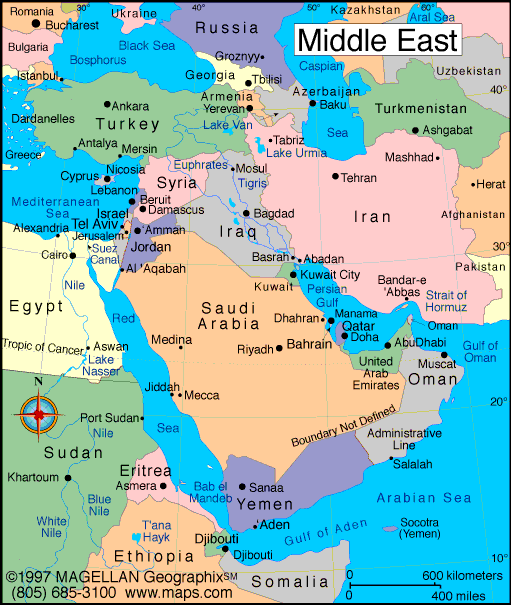On Monday, a 7.8 magnitude earthquake struck southeast Turkey and northern Syria, causing at least 2,300 fatalities and injuring thousands more. Authorities fear that the death toll from Monday’s earthquake and the aftershocks will keep climbing as rescuers continue to look for survivors. The affected areas in Hatay province of Turkey and in northwest Syria have been hit by some of the deadliest earthquakes in the world in the past. The Middle East has a history of being impacted by earthquakes, including Iran, Palestine, and Egypt, resulting in the destruction of historic buildings and the loss of tens of thousands of lives. Here are five of the most significant earthquakes in the region over the past 2,000 years.
1138: Aleppo, Syria
The 1138 earthquake in Aleppo, Syria was a devastating event that is believed to have killed around 230,000 people according to the 15th-century historian Ibn Taghribirdi. The disaster struck the city of Aleppo as well as several neighbouring areas and was the first of several earthquakes that devastated northern Syria and western Turkey between 1138 and 1139. The earthquake completely destroyed Aleppo’s citadel, and a Muslim fort at al-Atarib was also levelled, resulting in the deaths of 600 of the city’s guards. The quake occurred in an area between the Arabian and African tectonic plates and took place during a time of political upheaval, as the city was caught in battles between Muslim forces and Crusaders. The Crusader Citadel at nearby Harem was also destroyed by the earthquake.
856: Damghan, Iran earthquake
The 856 Damghan earthquake in northern Iran had an estimated death toll of 200,000 people. On December 22, 856, a major quake of magnitude 7.9 struck the Alborz mountain area of Iran, causing significant damage to the city of Damghan and surrounding areas. Iran lies between the Arabian and Eurasian plates, which frequently collide and result in devastating earthquakes. The earthquake is listed as the sixth deadliest in recorded history by the US Geological Survey. The city of Damghan was the capital of the medieval Persian province of Qumis until it was destroyed in 1723.
526: Antioch, Turkey
The 526 Antioch earthquake was a devastating event that struck the city of Antioch in modern-day Turkey in the year 526. Around 250,000 people are believed to have died, more than 400 years after an earthquake which was followed by a tsunami back in 115AD.
1033: Jordan Valley, Palestine
The exact location and magnitude of the 1033 earthquake are unknown, but it is believed to have caused widespread damage and loss of life in the region. According to historical records, the earthquake was accompanied by a loud rumbling noise and was felt as far away as Egypt and Constantinople. It is also reported that several towns and cities were completely destroyed, including several churches and monasteries. The 1033 earthquake remains one of the most devastating earthquakes in the history of the region, and its impact on the people and infrastructure of the time is still felt today.
1754: Cairo, Egypt
The 1754 earthquake that struck Cairo, Egypt was a significant seismic event in the history of the city. It is estimated to have had a magnitude of around 7 on the Richter scale, and caused widespread damage throughout the area. Many of the city’s buildings and structures, including the famous Citadel of Saladin, were severely damaged or destroyed in the quake. The earthquake also resulted in significant loss of life, with reports indicating that thousands of people perished in the immediate aftermath of the event. Despite the devastating impact of the earthquake, the city of Cairo was eventually able to recover and rebuild, and many of its iconic buildings and monuments were reconstructed in the centuries that followed. Today, the earthquake remains an important event in the history of the city and the region, serving as a reminder of the power of natural disasters and the resilience of the human spirit.



















